Posted in: Aha! Blog > Great Minds Texas | Blog > Implementation Support > Supporting Students with Mathematical Models
The Eureka Math® TEKS Edition curriculum uses an intentionally selected set of versatile models to support students’ learning and problem solving. These models help students think about mathematical relationships, understand concepts, and make mathematical connections. The models can also promote student engagement with many of the Standards for Mathematical Practice, for example by helping students make sense of problems, reason quantitatively, use appropriate tools strategically, and make use of structure.
Eureka Math TEKS Edition highlights a limited set of adaptable models because of the mathematical power they bring and because they are accessible for students. The cornerstone models are the number bond, number line, area model, and tape diagram. Of course, these aren't the only models students use, but the curriculum emphasizes them because they are versatile and flexible. Students can use them throughout the academic career.
Let’s explore some ways you can use models to help your students make sense of mathematics.
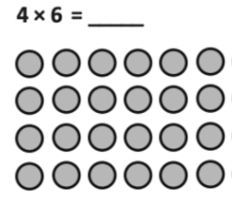
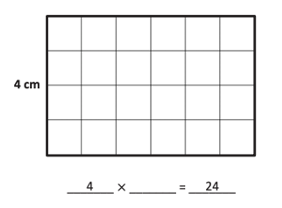
Use related models to support students.
Many Eureka Math TEKS Edition models evolve over time to match students’ growing mathematical understanding. For instance, students’ work with arrays, to represent repeated addition in grade 2, scaffolds up to using the area model to represent the distributive property and multiplication and division with whole numbers, fractions, and decimals in later elementary. The area model is a scaffold to the tabular model students can use to multiply polynomials. These three models are all closely related. Each time students engage with a new model in this sequence, they build on prior knowledge and lay a foundation for future learning. The sequence of these three models can be leveraged to provide support for all students. For example, a student who needs support in using the area model can work with an array model as a scaffold. Similarly, high school students may benefit from reviewing the familiar area model before they begin using the tabular model for polynomials. Understanding how models relate to one another gives teachers the power to use related models to fully support students.
Many Eureka Math TEKS Edition models evolve over time to match students' growing mathematical understanding. For instance, the arrays students use to represent repeated addition in grade 2 develop into area models they use to represent the distributive property and multiplication and division with whole numbers, fractions, and decimals in later elementary grades. The area model is then a scaffold to the tabular model students use when they learn to multiply polynomials. These three models are all closely related. Each time students engage with a new model in this sequence, they build on prior knowledge and lay a foundation for future learning. Because students learned the models in sequence, you can always return to a familiar model when a student gets stuck. For example, a student who needs help using the area model can work with an array model as a scaffold. Similarly, high school students may benefit from reviewing the familiar area model before they begin using the tabular model for polynomials. If you understand how these models relate to one another, you can more easily guide students to a deeper understanding of mathematics.
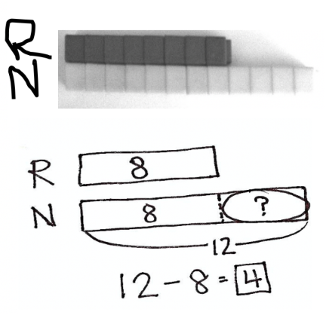
Use differentiated models to meet students’ needs.
Think about models as representations that support student thinking along a continuum from concrete to more abstract. When students need help with a concept, think about adjusting the representation to match their needs. For example, if students working on part–whole relationships have difficulty drawing or interpreting these relationships with a labeled tape diagram, consider adjusting the representation to show the relationships differently. Use dots to represent the values rather than labeling them with a number, or use linking cubes to show the quantities in concrete form. As students build depth of understanding and work on more complex mathematics, they can use increasingly abstract representations.
By using a consistent set of models that evolves with students, you intentionally create scaffolds. When concepts feel new or more complex, students can use these familiar tools to make sense of the mathematics.
Support students by clearly making the connection between representations and models.
Whenever possible, help students make connections between representations. When they make those connections, students build a deeper and longer lasting understanding about mathematics. Consider the word problem and solution shown. Through questioning and discourse, you can help students make connections from the representation of the problem in words to the tape diagram. How are the numerator and the denominator for the fraction 1/4 represented in the tape diagram? Why is the sale price represented by three sections of the tape diagram? What does the fourth section represent? How does the tape diagram show the original price?

You can also help students make sense of the structure of mathematics, by calling out the connections between models. With guidance, students can see connections such as the relationship between multiplying multi-digit numbers by using an area model and multiplying polynomials by using a tabular model. Ask students to describe the similarities and the differences in the models. Through discussion and practice, students learn to flexibly use models to solve increasingly complex and abstract problems.
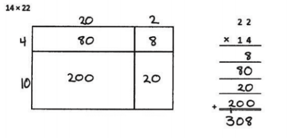
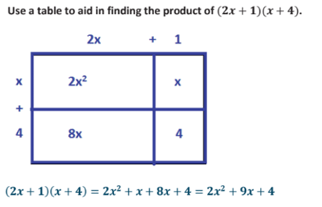
Submit the Form to Print
.png)
Asma Akhras
Asma is an implementation leader for LAUSD with Great Minds. She has been in education for over 20 years.
Topics: Implementation Support



.png?width=111&height=100&name=TEXAS-Phd_LOGO_58C76Y_purple_tpt%20(13).png)

.png?width=73&name=image%20(3).png)
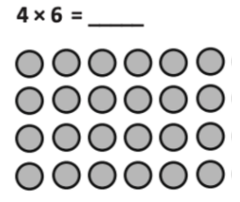
.jpg?width=430&name=PhD%20Science%20(1).jpg)





.jpg?width=430&name=EurekaMath%20(1).jpg)
.jpg?width=430&name=WitWisdom%20(1).jpg)

